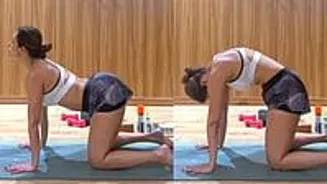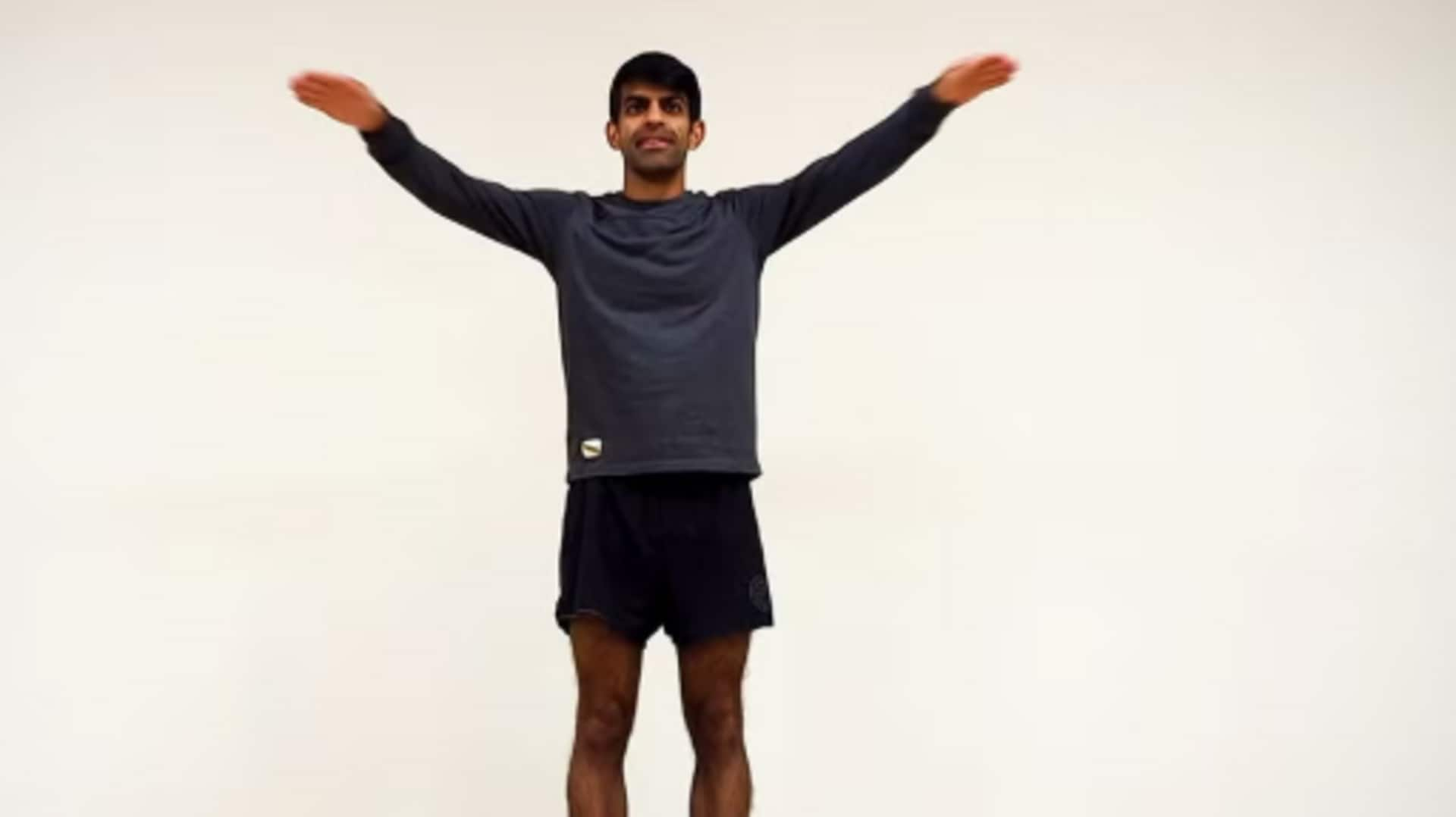Joint Health Deterioration
Modern living, marked by extended periods of screen time and minimal physical activity, has unforeseen consequences for joint health. This lifestyle choice
significantly curtails the production of synovial fluid, a critical lubricant for our joints. Synovial fluid is essential for smooth movement and reduced friction, thus playing a key role in maintaining the health of the cartilage. Without sufficient synovial fluid, joints become stiffer and cartilage undergoes accelerated wear and tear. Moreover, this deficiency can trigger inflammation, leading to discomfort and pain, particularly in individuals who are relatively young. The result is often the premature onset of joint-related issues.
Yoga’s Protective Role
Yoga offers a proactive approach to combatting these detrimental effects. Regular yoga practice is pivotal because it encourages movements and postures that directly stimulate the production of synovial fluid. These exercises, which often involve stretching and controlled movements, help to nourish the cartilage and keep joints lubricated. By consistently practicing yoga, individuals can counteract the stiffness that results from a sedentary lifestyle. Furthermore, yoga's various poses and breathing exercises can help to alleviate the inflammation often associated with joint issues. Ultimately, incorporating yoga into daily life provides a holistic method for protecting and improving overall joint health and mobility.
Enhancing Mobility with Yoga
The advantages of yoga stretch beyond mere pain relief; it actively improves mobility. As yoga sessions progress, the joints become more flexible, enabling a wider range of motion. This increased flexibility translates to enhanced overall movement capabilities, making daily activities such as walking, bending, and reaching easier and less painful. Yoga emphasizes mindful movement. This element assists in developing body awareness, helping individuals to identify and correct any misalignments that might contribute to joint stress. The resulting improvement in mobility allows people to engage in more activities and live more energetic lives, irrespective of their age.
Yoga for All Ages
Yoga's suitability spans across all age groups, from younger adults to older individuals. The practice can be modified to accommodate various fitness levels and physical limitations. For those starting, gentle yoga styles are an excellent way to learn the fundamental postures without stressing the joints. This adaptability makes yoga highly accessible, whether one is an athlete or just beginning an exercise regimen. Moreover, the mental aspect of yoga, involving mindfulness and stress reduction, can enhance the physiological benefits, fostering a sense of calm that aids in the body's healing processes. This makes yoga not just a physical workout, but a holistic wellness practice.






